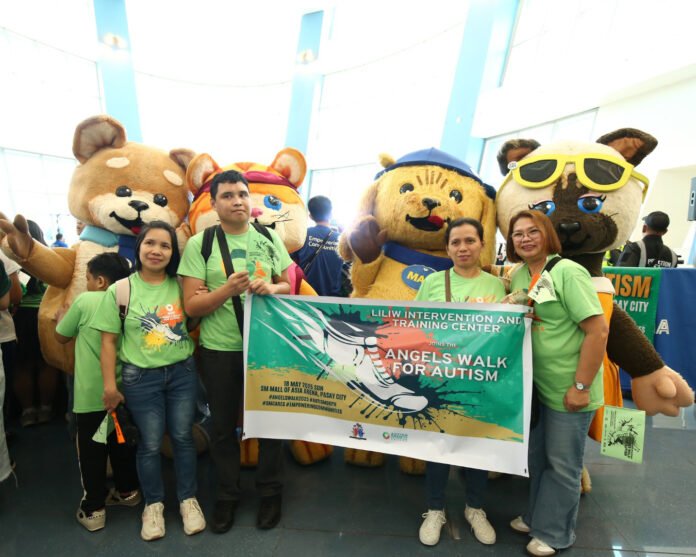On May 18, more than 40,000 people filled the SM Mall of Asia Arena and surrounding areas in Pasay City, walking together for a shared purpose — a society that understands, accepts, and supports individuals with autism.
The annual Angels Walk for Autism, led by the Autism Society Philippines (ASP) in partnership with SM Cares, drew its largest crowd in its 22-year history. For those unfamiliar, this gathering has become a symbolic walk that demands action, echoing across all SM Supermalls nationwide, from Butuan to Baguio.

From its inception in 2000 with just 200 walkers, ASP’s event has grown alongside its advocacy. Founded in 1989 by 11 mothers seeking answers in a country with little to offer, the organization now has 106 chapters and over 16,000 members.
It’s an expansion that shows more people in the Philippines are becoming aware of what it means to live with autism and the support that is still missing.



Public figures such as Miss Universe Philippines 2023 Michelle Dee, who has long advocated for her siblings and others on the spectrum, brought visibility to the event.
“It’s not about winning titles,” she said. “It’s about making sure my siblings and others like them are included, respected, and empowered.” That message resonated not because it came from a celebrity, but because it came from someone who understands that real change begins at home.


on stage
SM Prime Holdings chairman Hans T. Sy and the Sy family showed up in support, as they have for years, and it’s worth noting: corporate partnerships like these can make inclusion scalable.
SM’s involvement — hosting versions of the walk in 10 provincial malls and supporting art and livelihood initiatives for those on the spectrum — is a model worth studying. Yet these efforts should not be mistaken for solutions on their own. Sensitivity training, policy change, and inclusive education remain urgent.
Mona Magno-Veluz, ASP’s national spokesperson, said it best: this year’s walk needed to move past the fanfare and bring the community’s stories to the center. That it did. Artists on the spectrum found a stage. Families found solidarity. Self-advocates found their voices amplified.
It’s easy to applaud the turnout. But what matters now is what happens after the crowd disperses.
It’s true that a march, no matter how large, cannot change the country on its own. But it can remind us that change is possible — if we keep walking.








